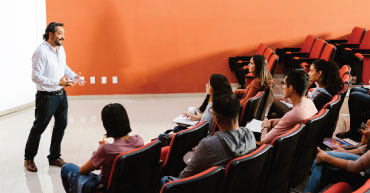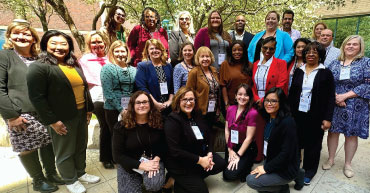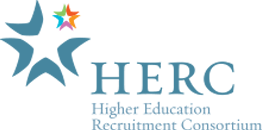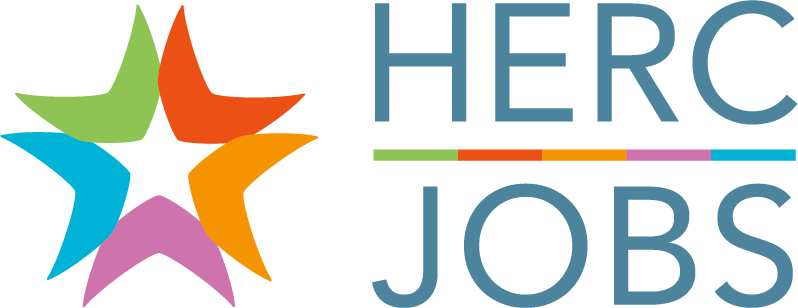
A higher education workplace where all people can thrive.

To improve higher education recruitment practices and workplace culture to strengthen our institutions and serve our communities.

The Higher Education Recruitment Consortium is a nonprofit organization with a national office and regional offices.


The Higher Education Recruitment Consortium (HERC) is a nonprofit consortium of colleges, universities, hospitals, research labs, government agencies, and related non- and for-profit organizations, committed to expanding the candidate pool and fostering inclusive workplaces.
HERC supports our member institutions in recruiting and retaining a talented and multifaceted workforce. HERC helps job seekers find, apply for, and succeed in higher education careers through its website, HERC Jobs.
What HERC Offers Job Seekers
HERC Jobs is a pathway to a career in higher education, offering a comprehensive job board and free career resources. The website, administered by HERC, provides job seekers with comprehensive and transparent access to job opportunities, daily job alerts, career articles and ebooks, and dual career support.
View member institutions’ postings on HERC Jobs
What HERC Offers Member Institutions
In addition to unlimited job postings with no expiration date on HERC Jobs, HERC membership offers tools to build connections and access timely, member-driven resources to bolster recruitment and retention efforts.
Learn how HERC membership can help your institution
What HERC Offers Corporate & Non-Profit Partners
HERC offers partners the opportunity to present business solutions and information about their organizations to higher education human resources and chief academic officers—the individuals responsible for purchasing decisions at their institutions.
Stay Connected with HERC Jobs
Subscribe to our emails for updates on new resources and more!
